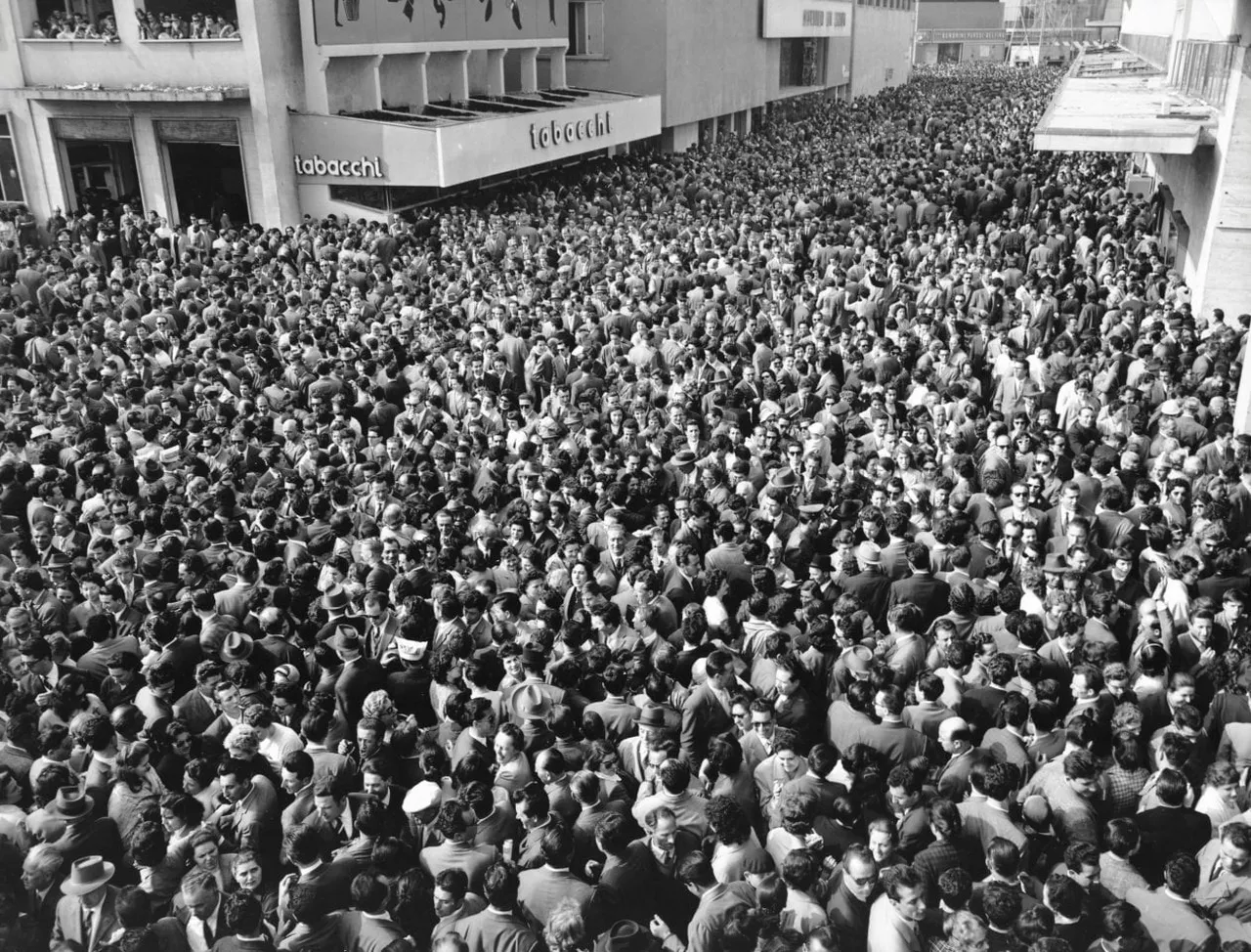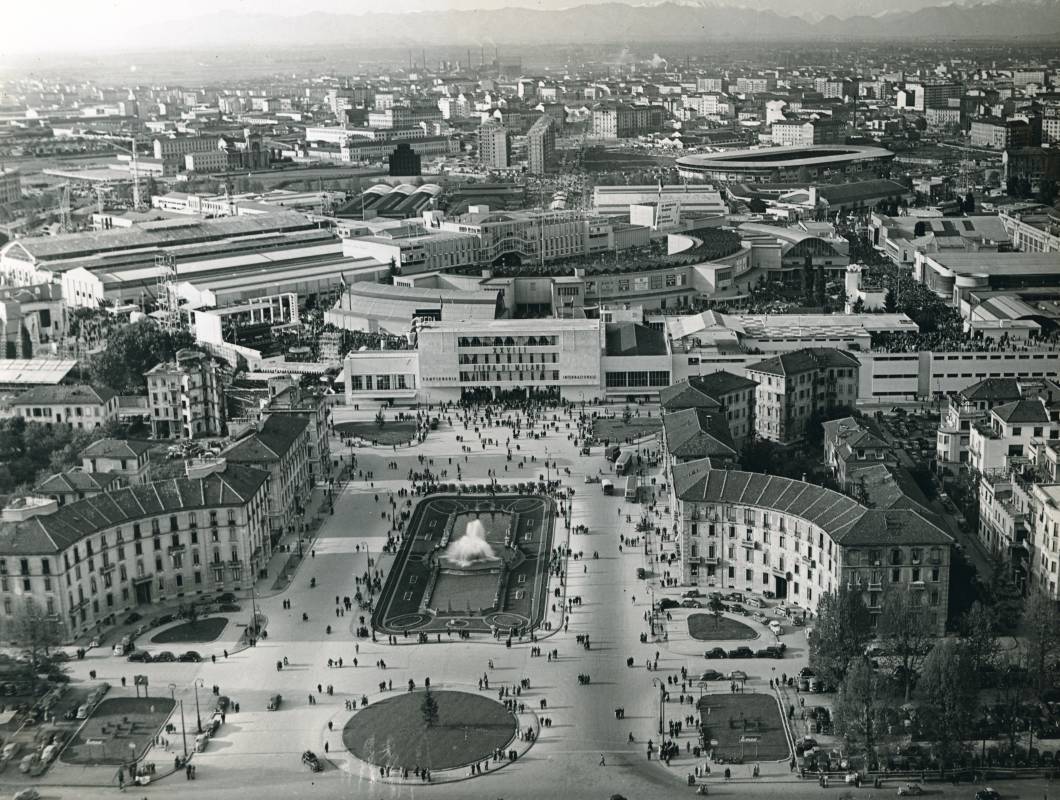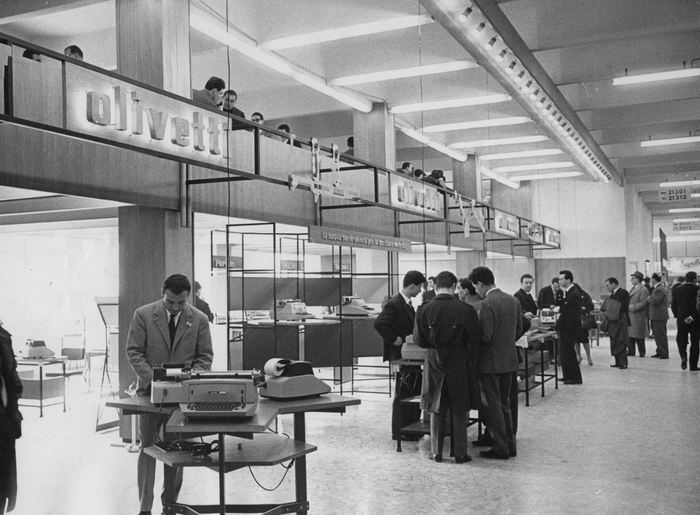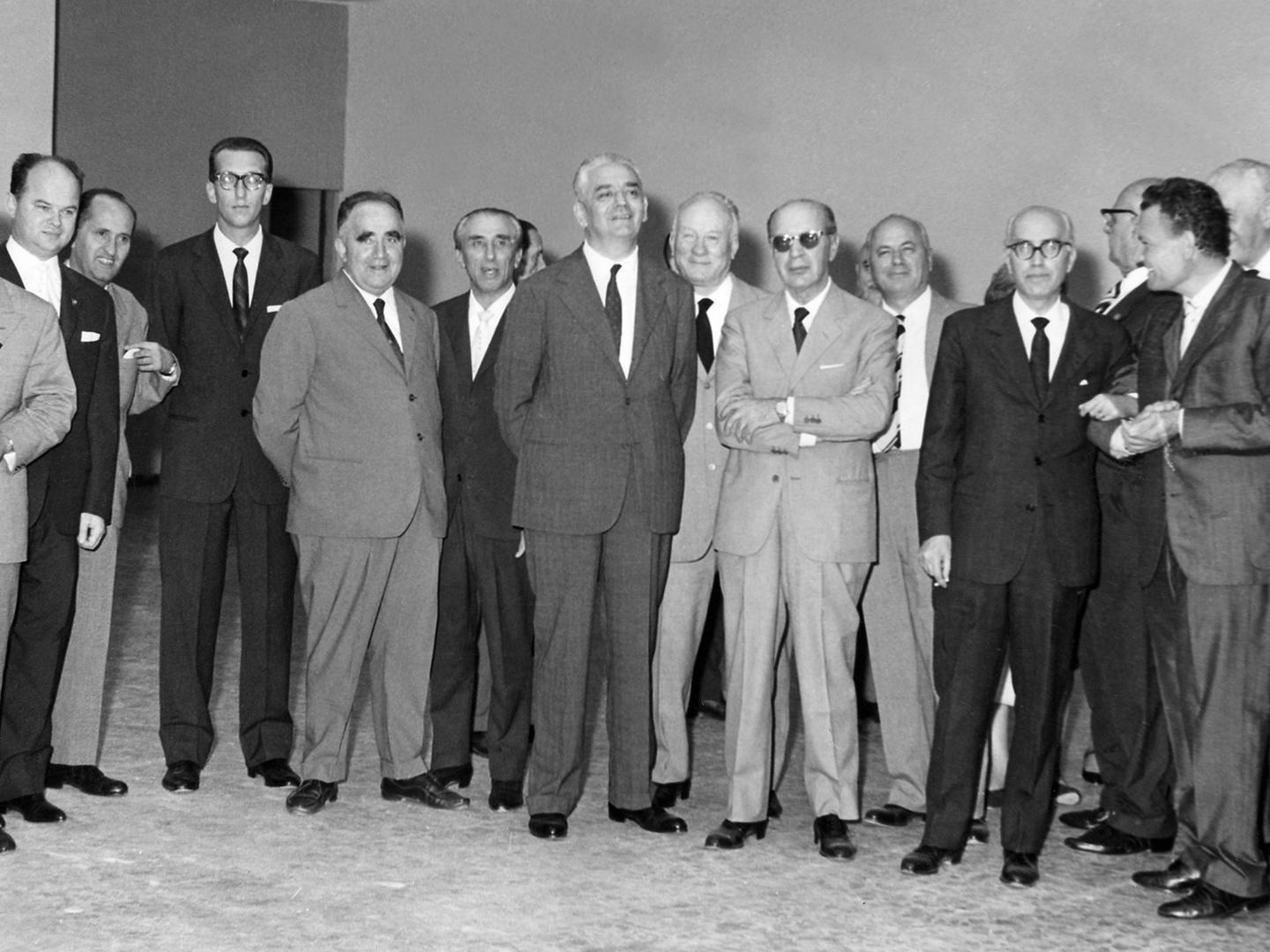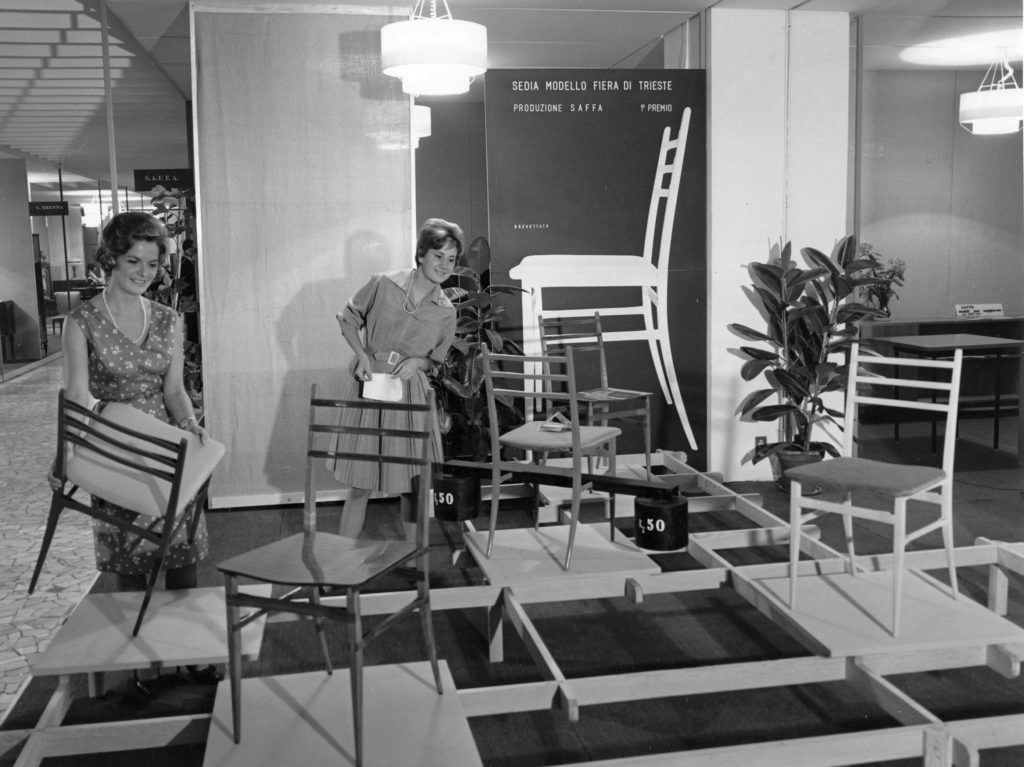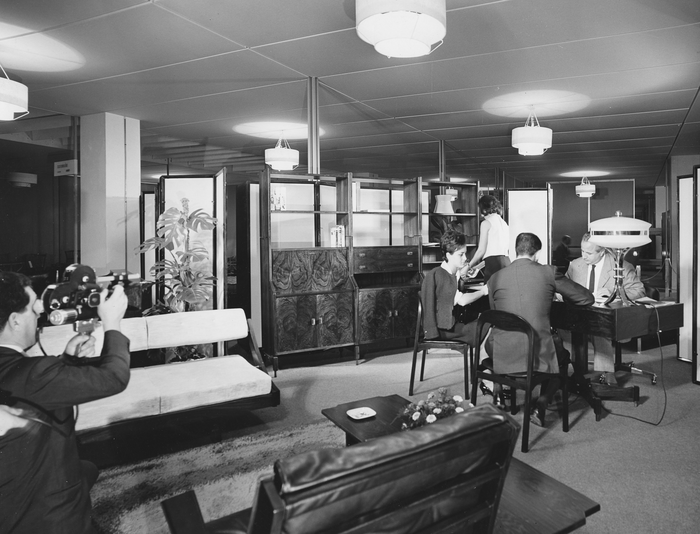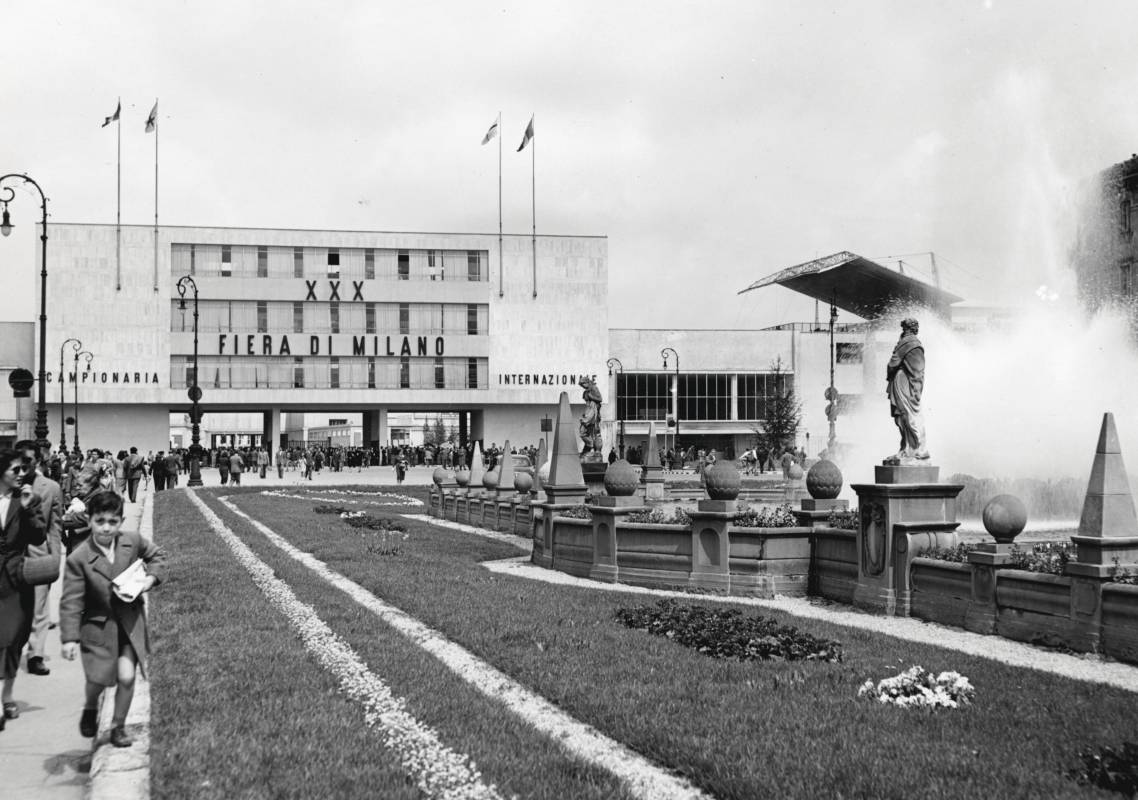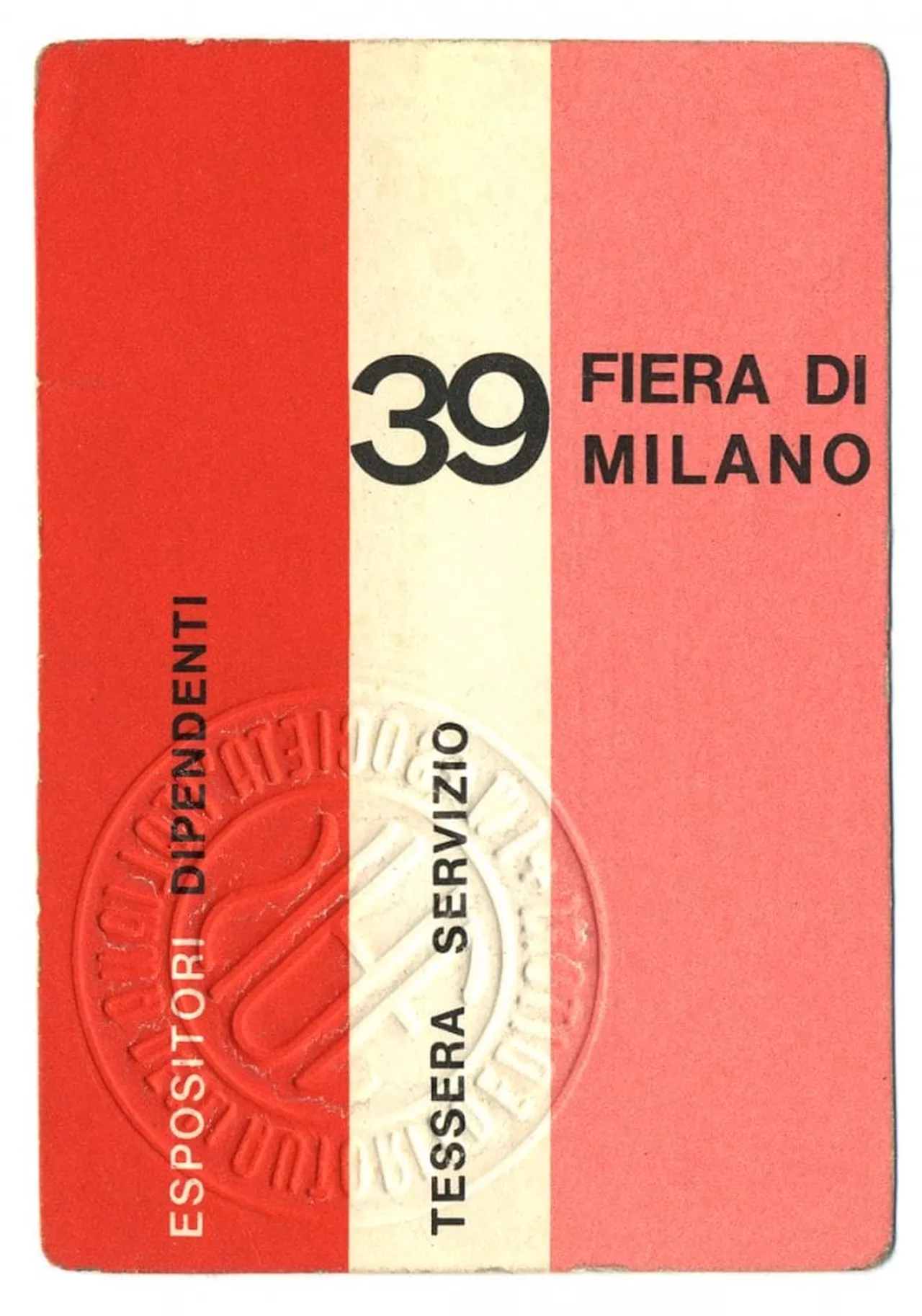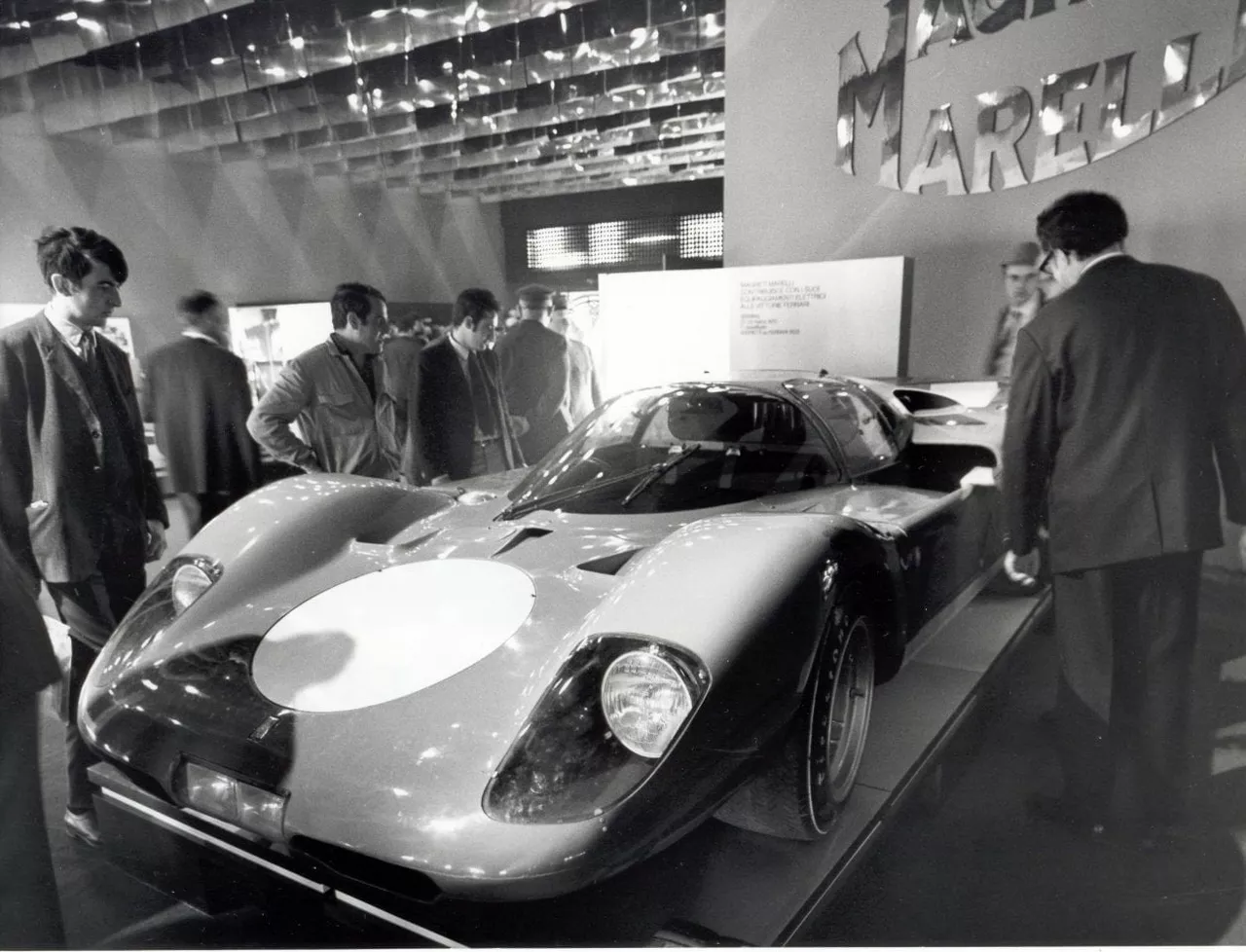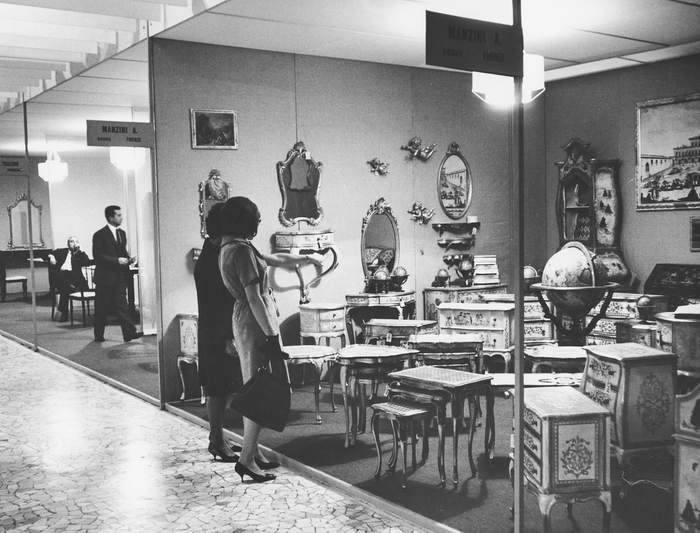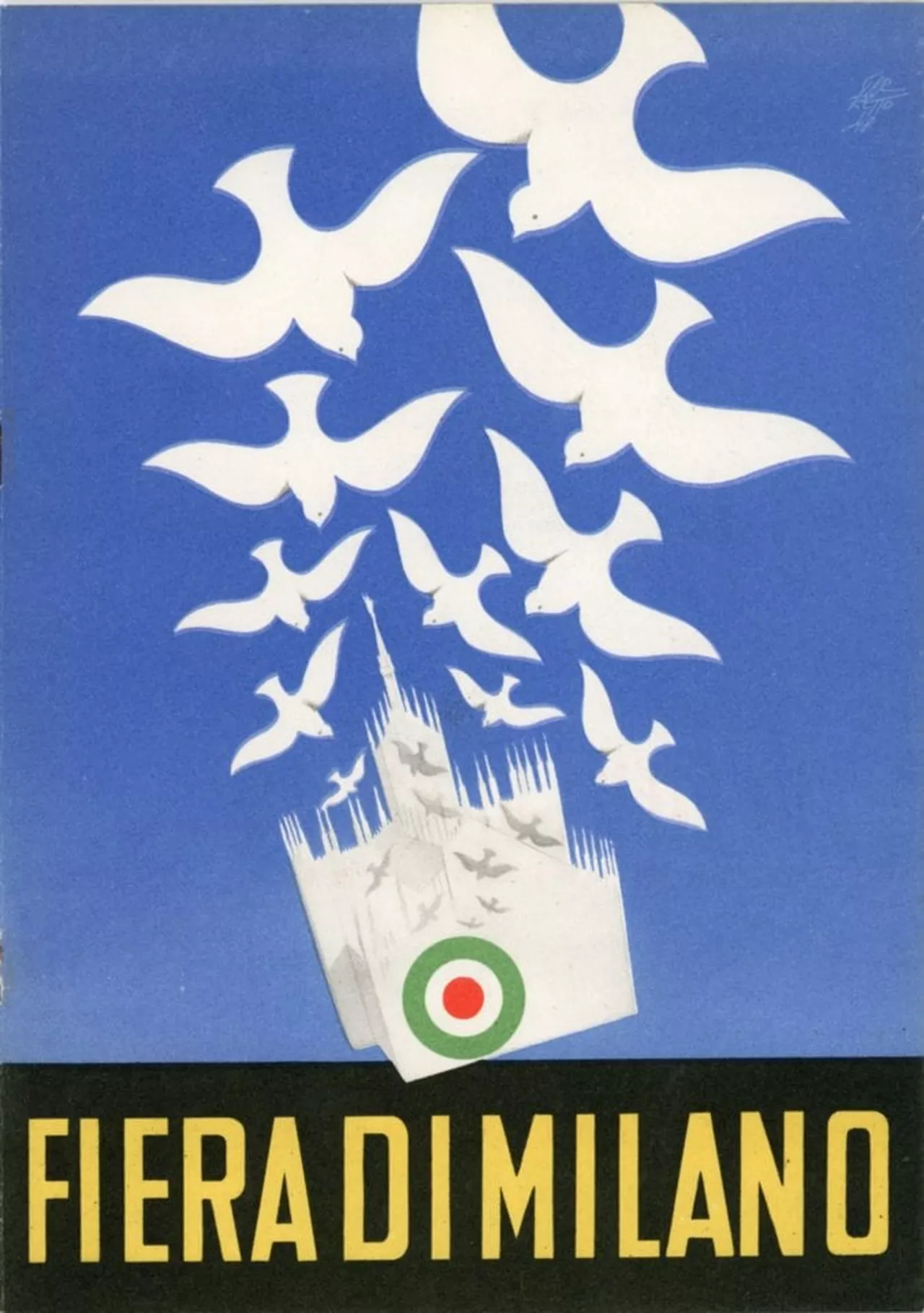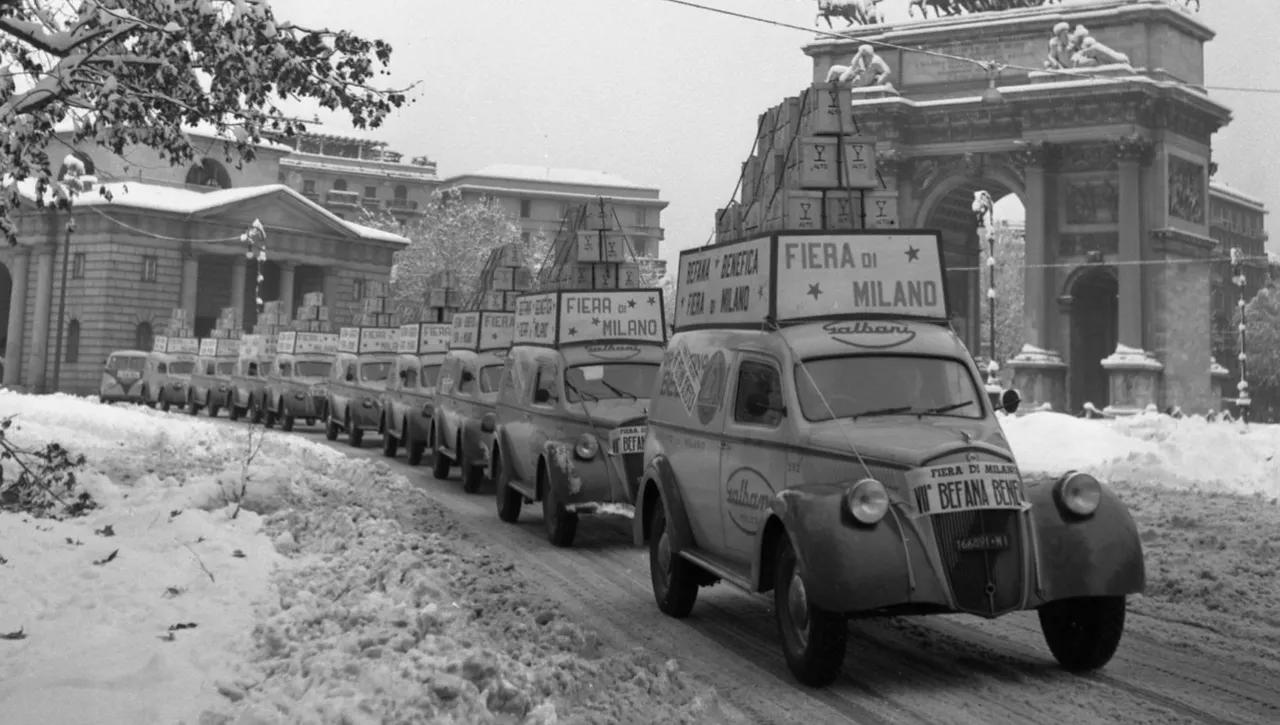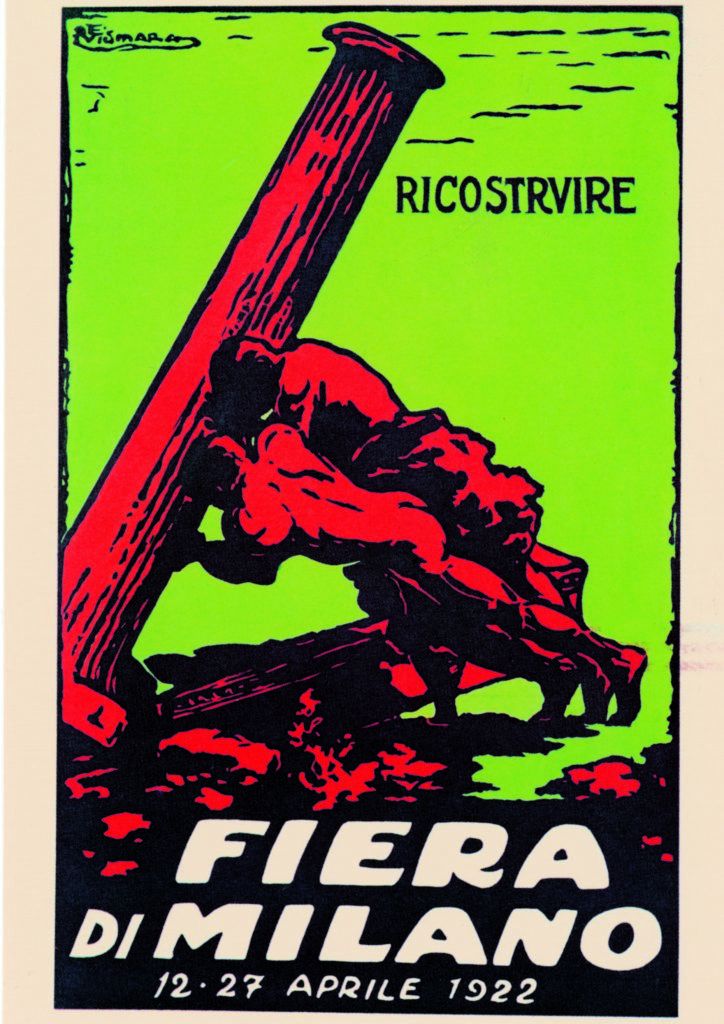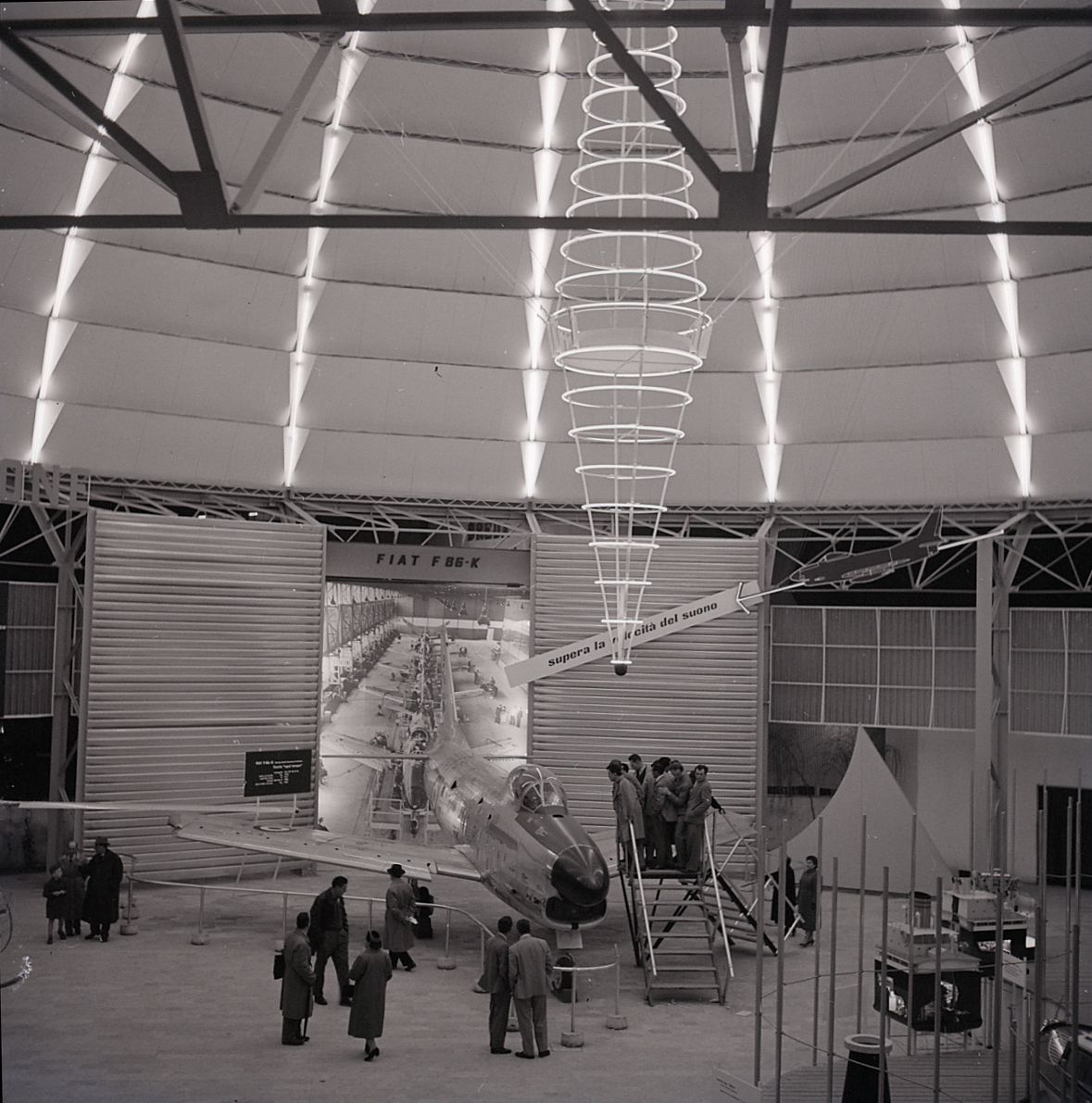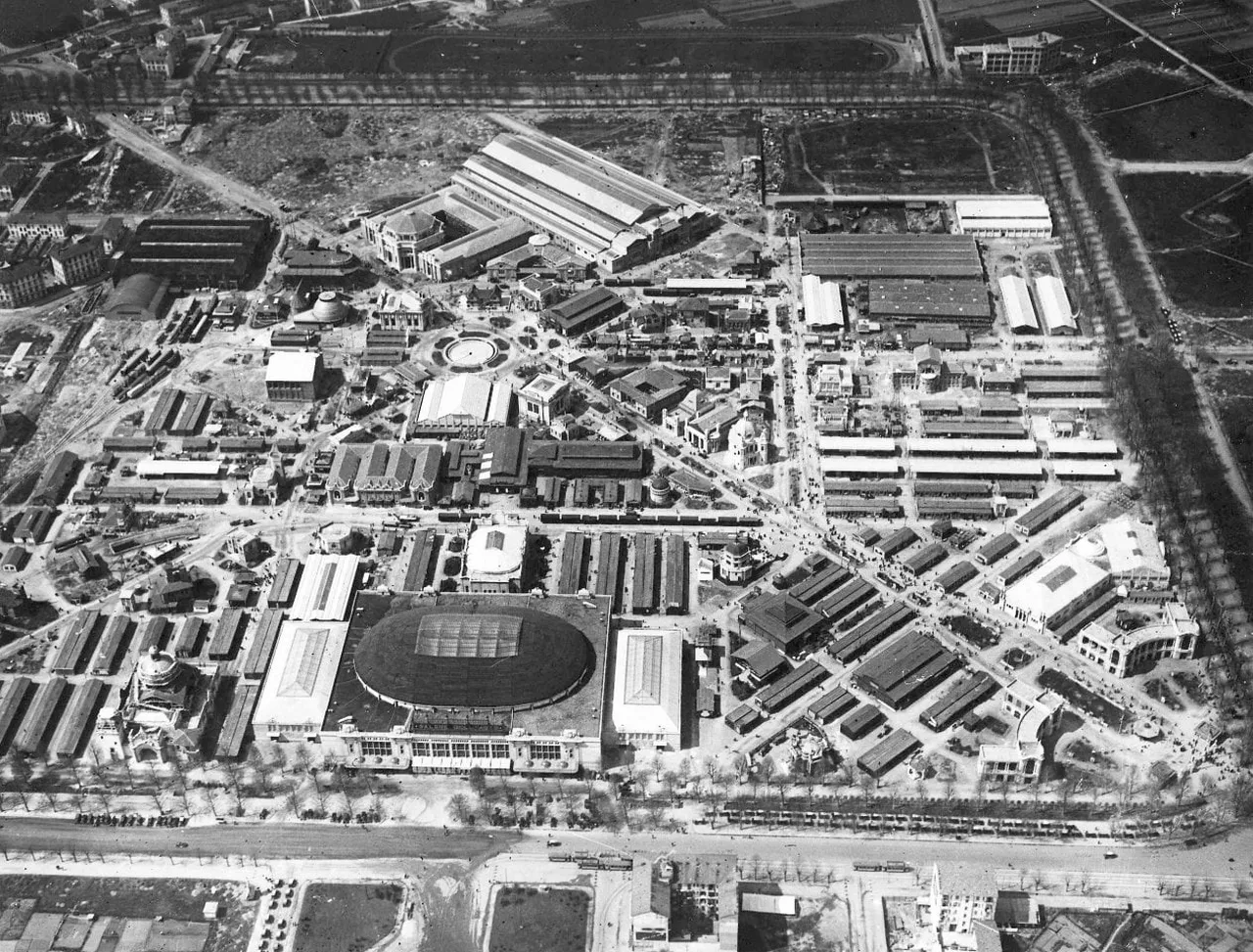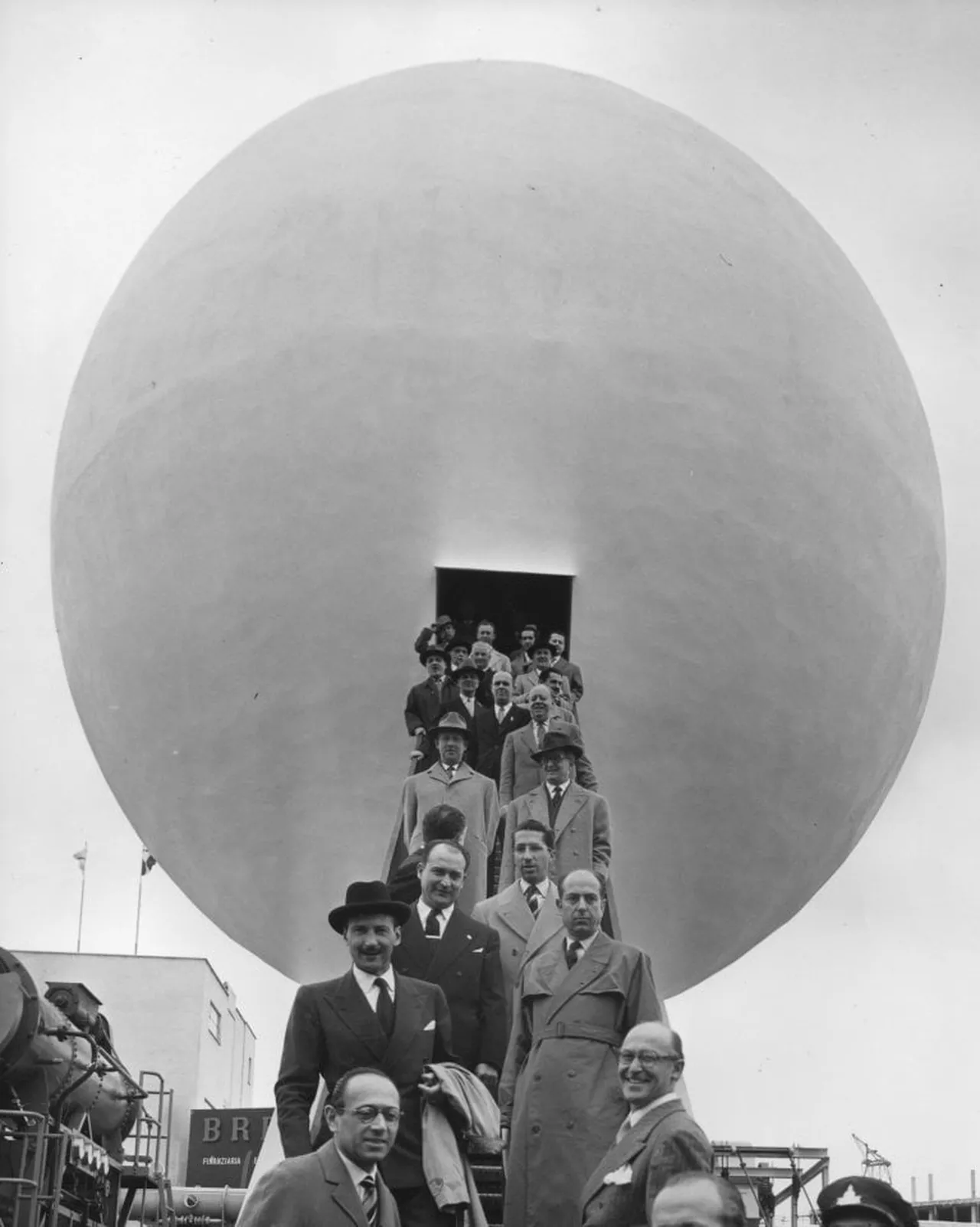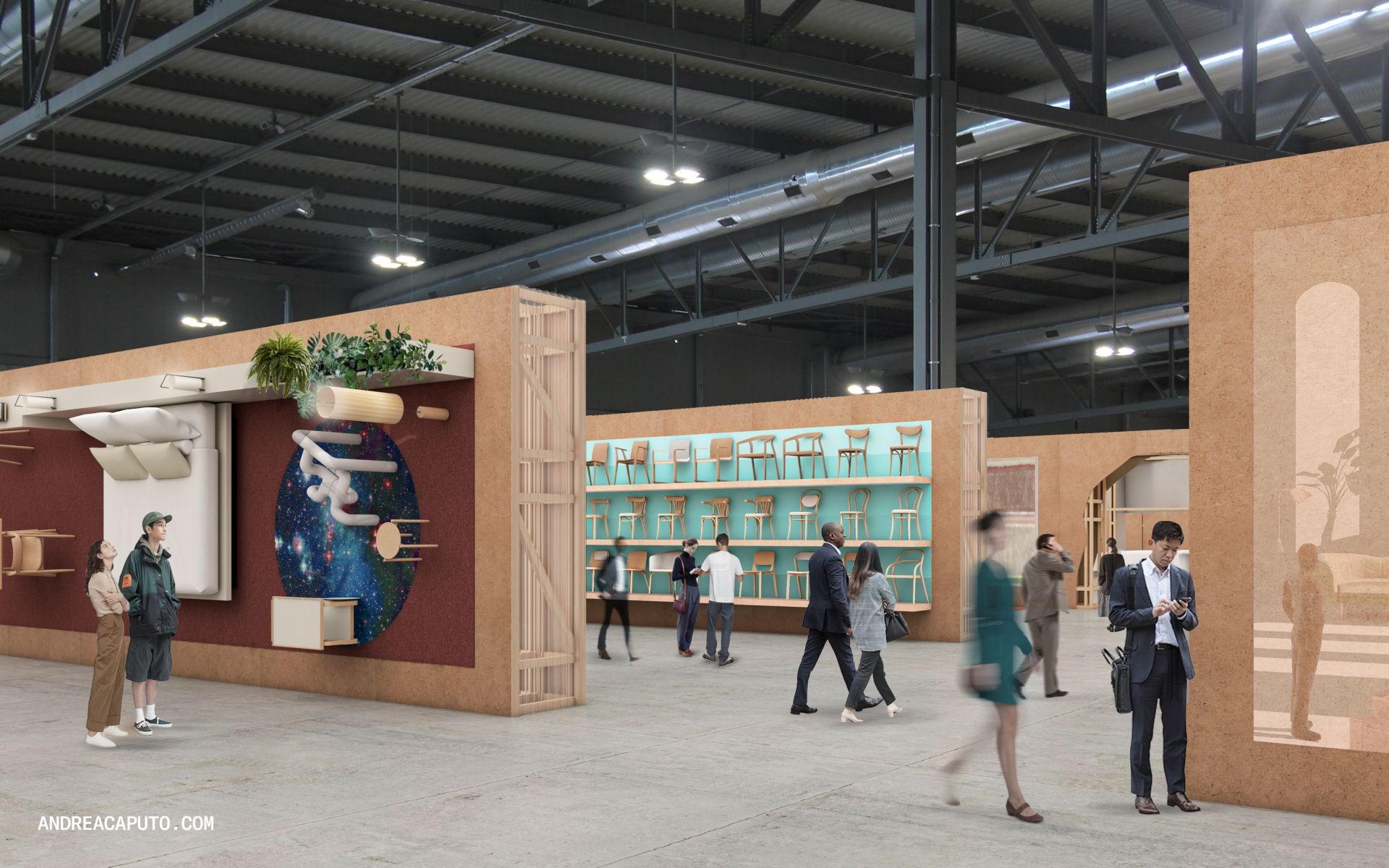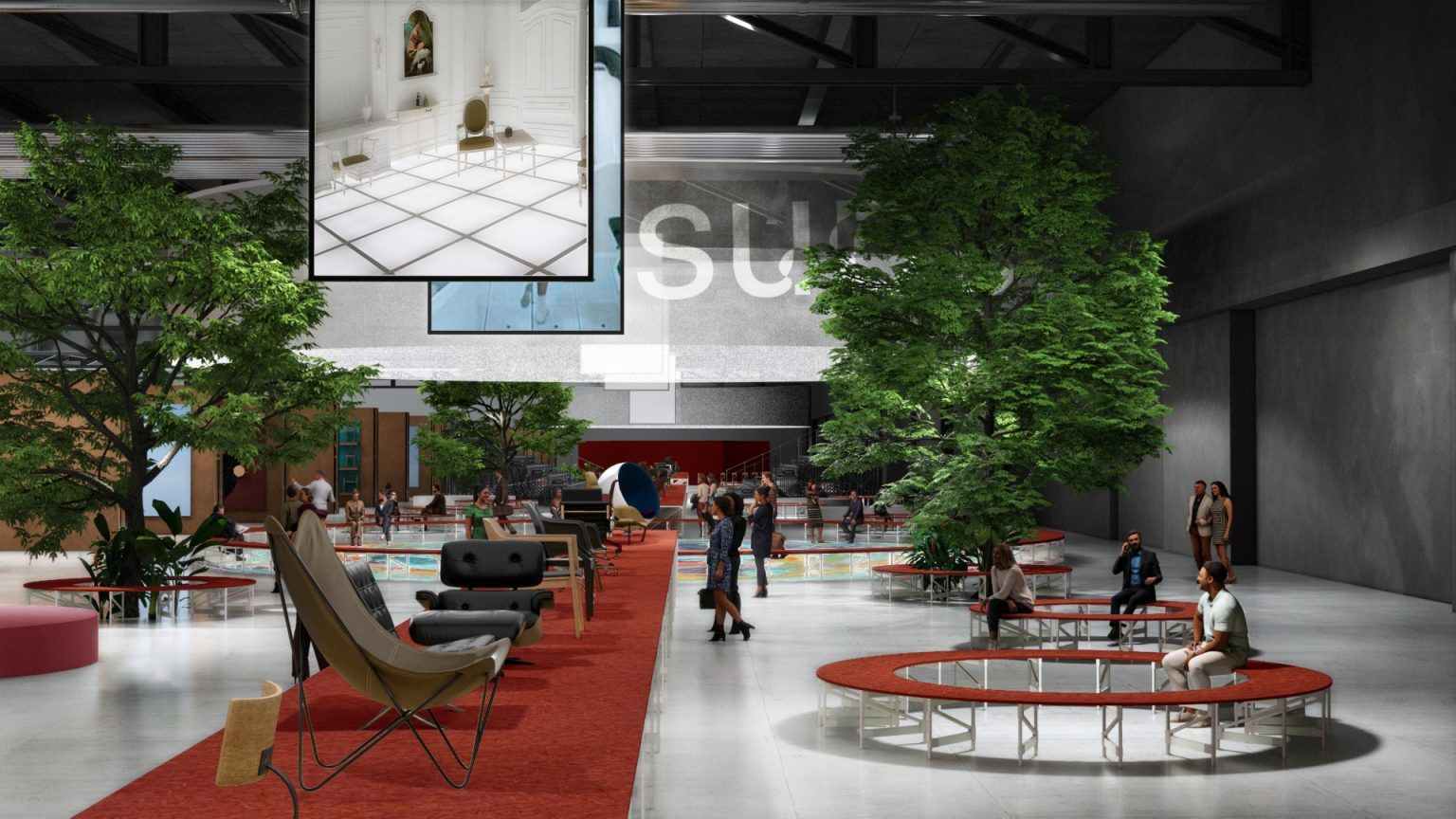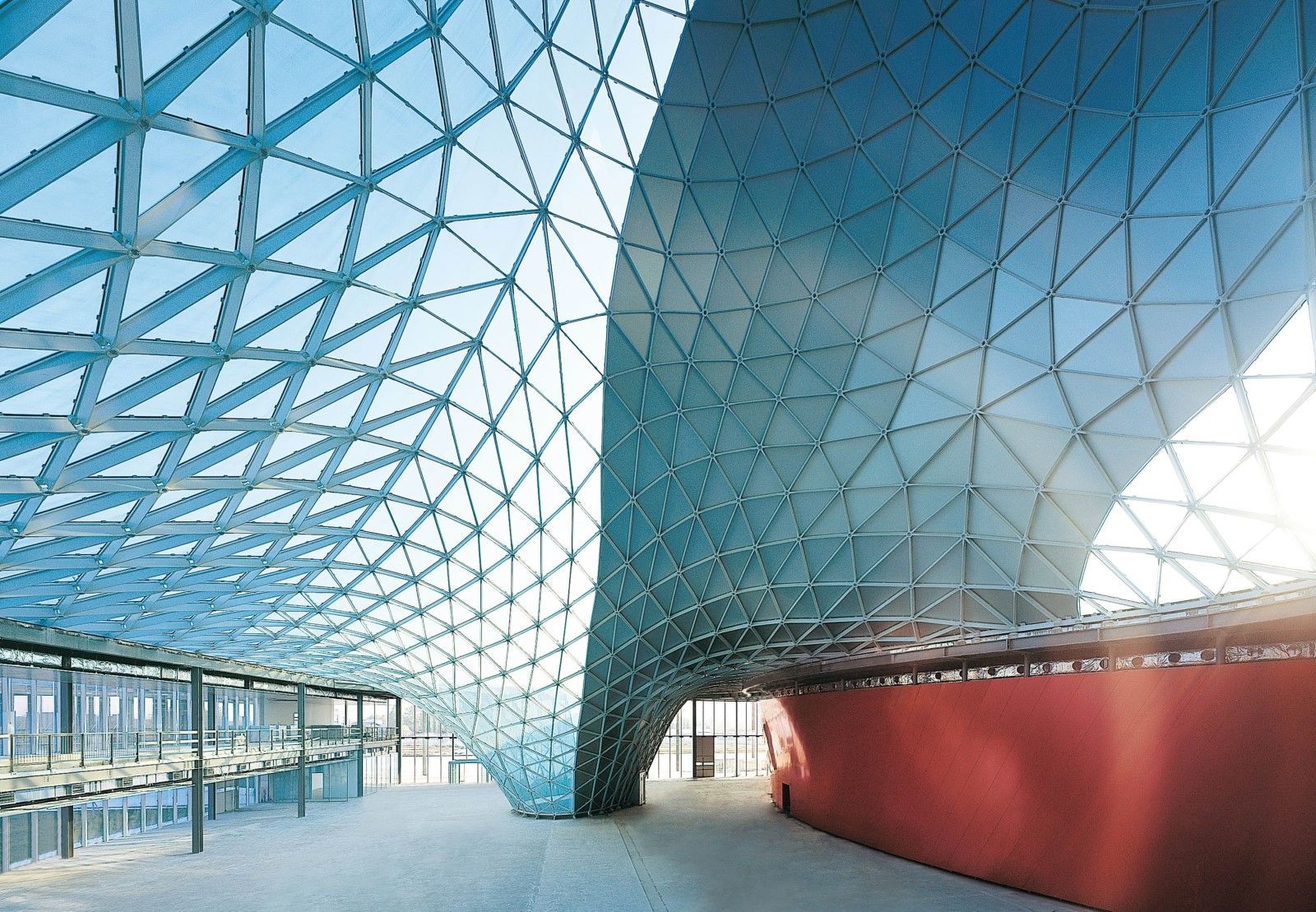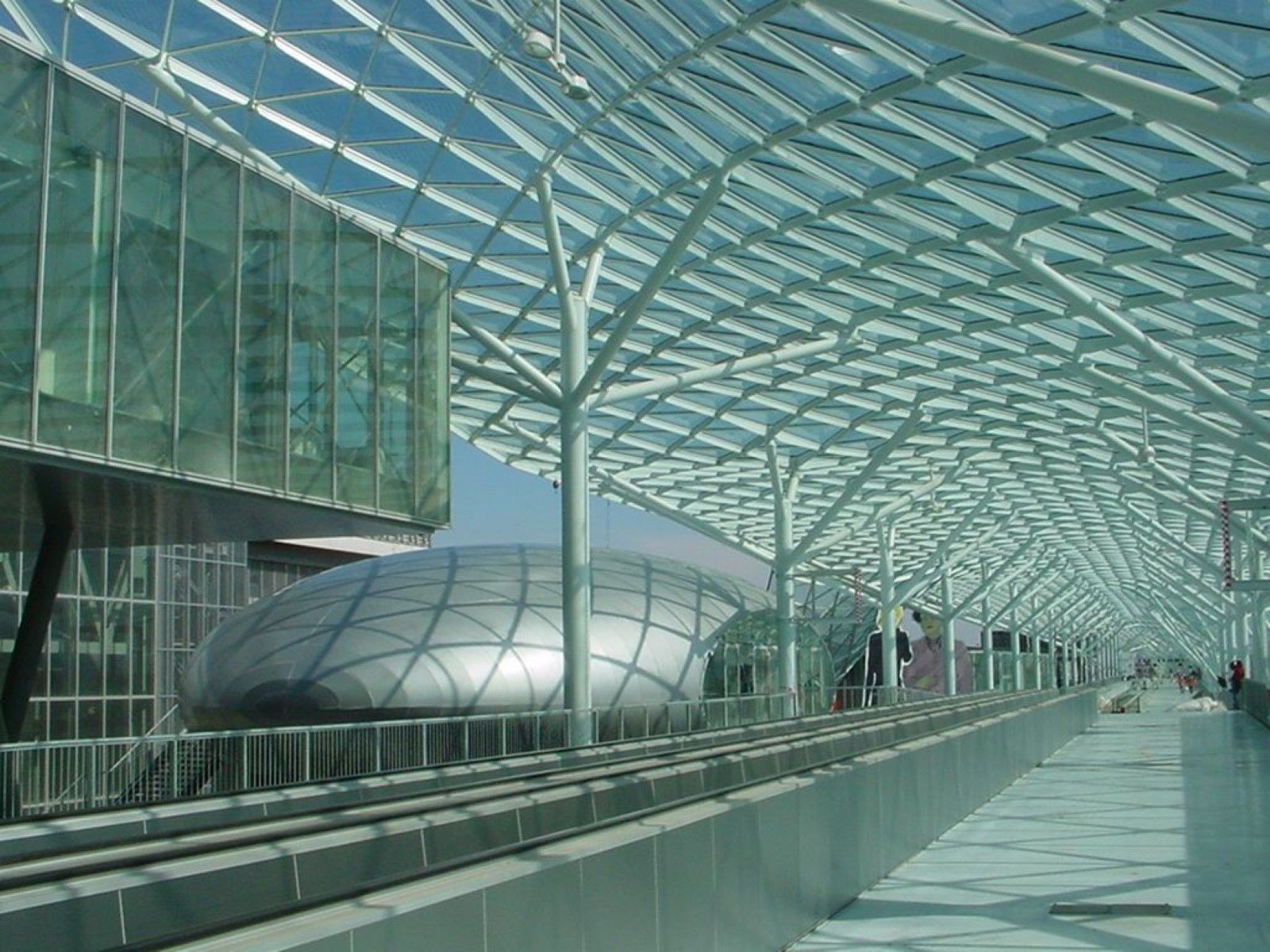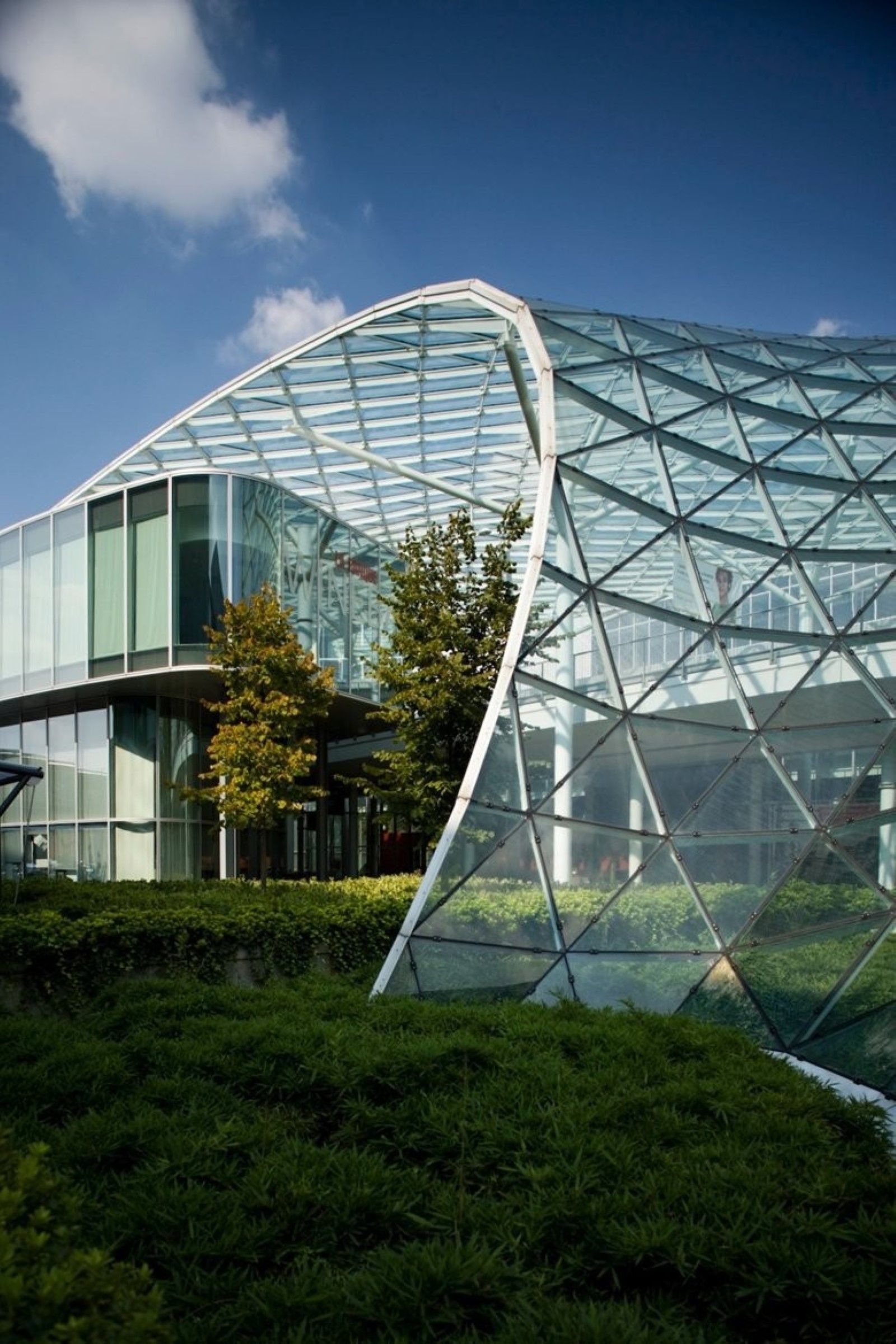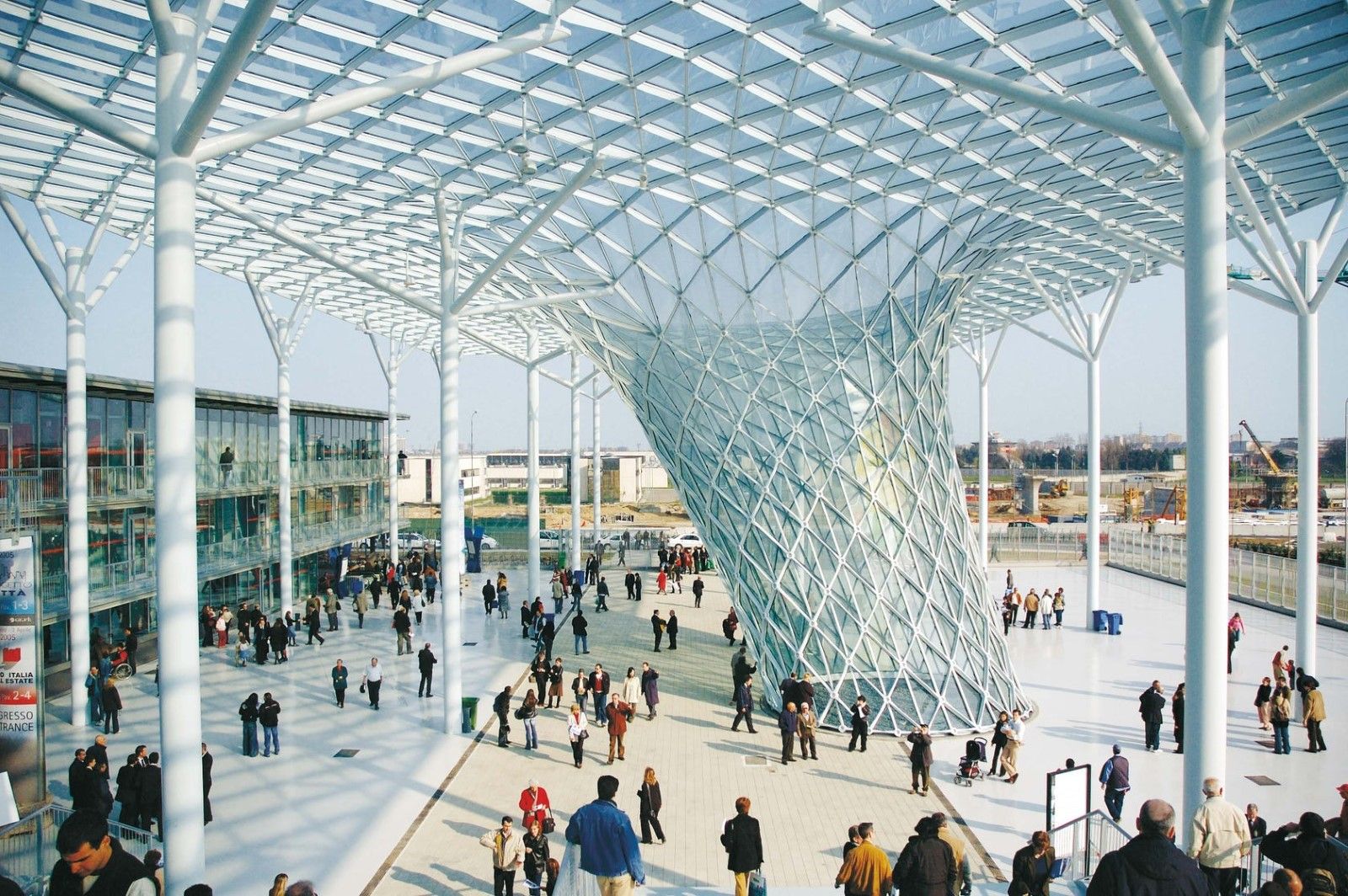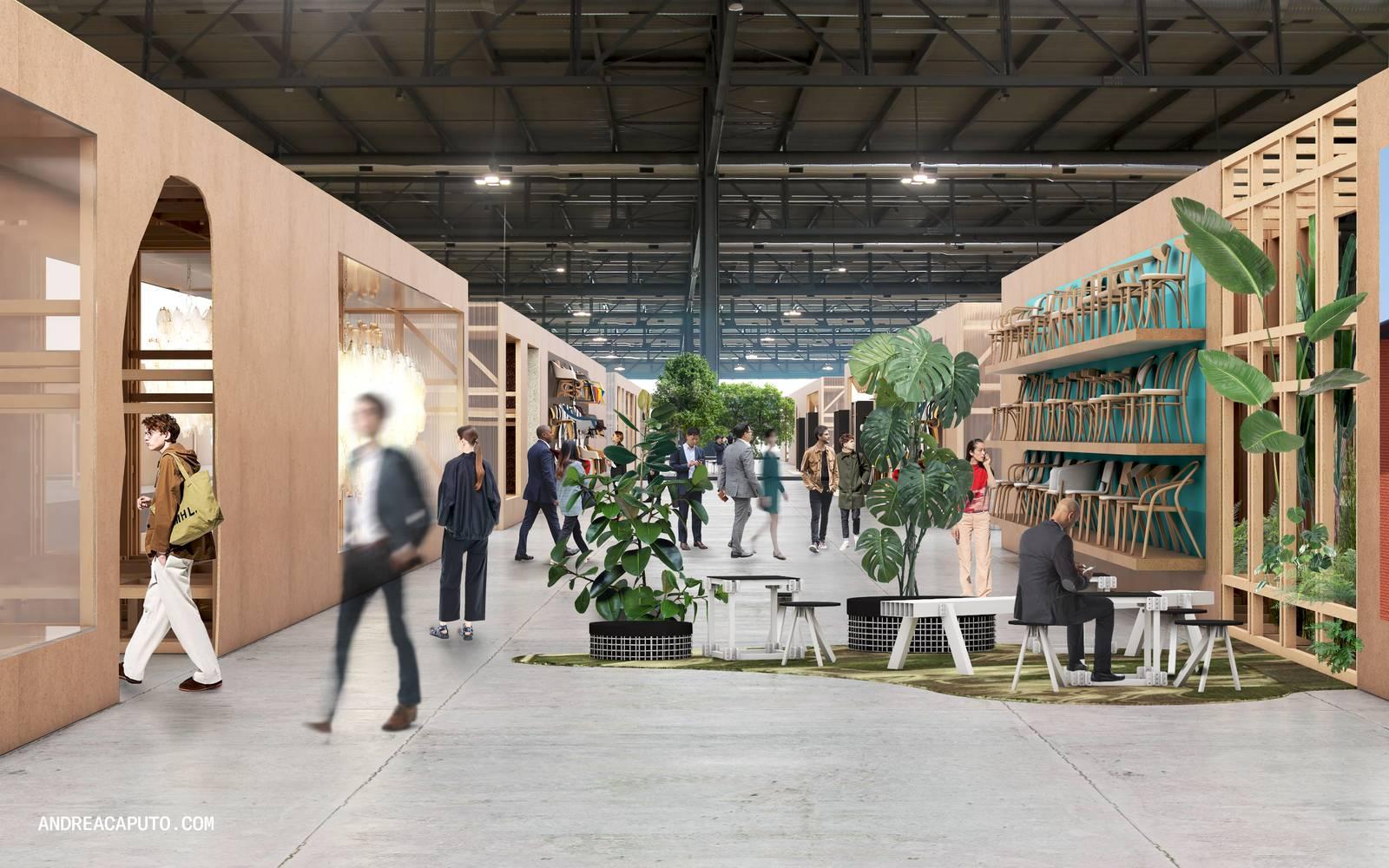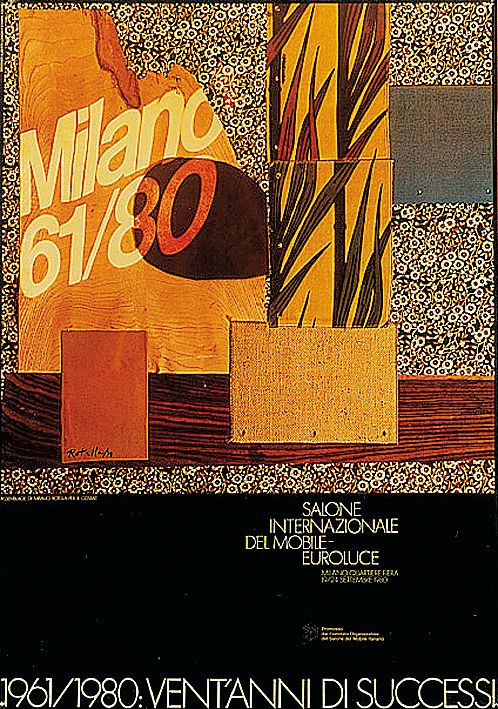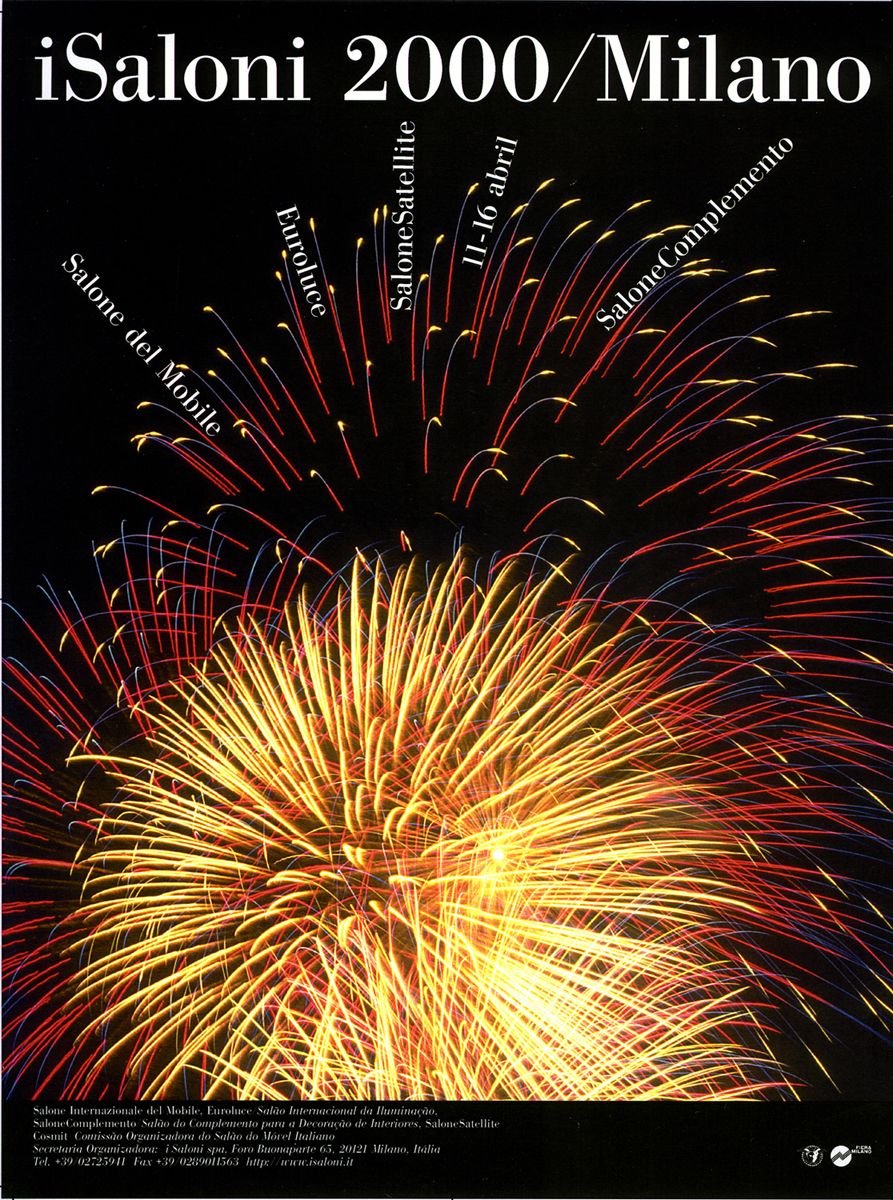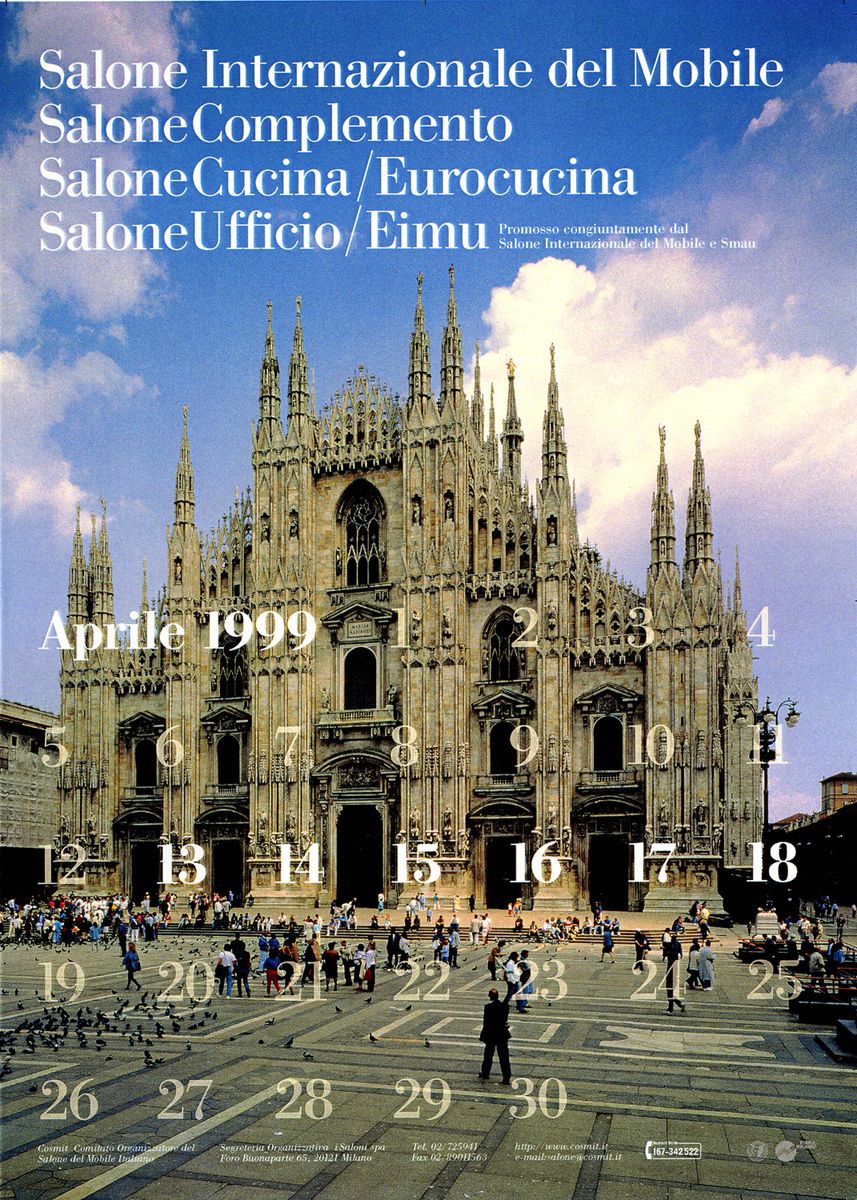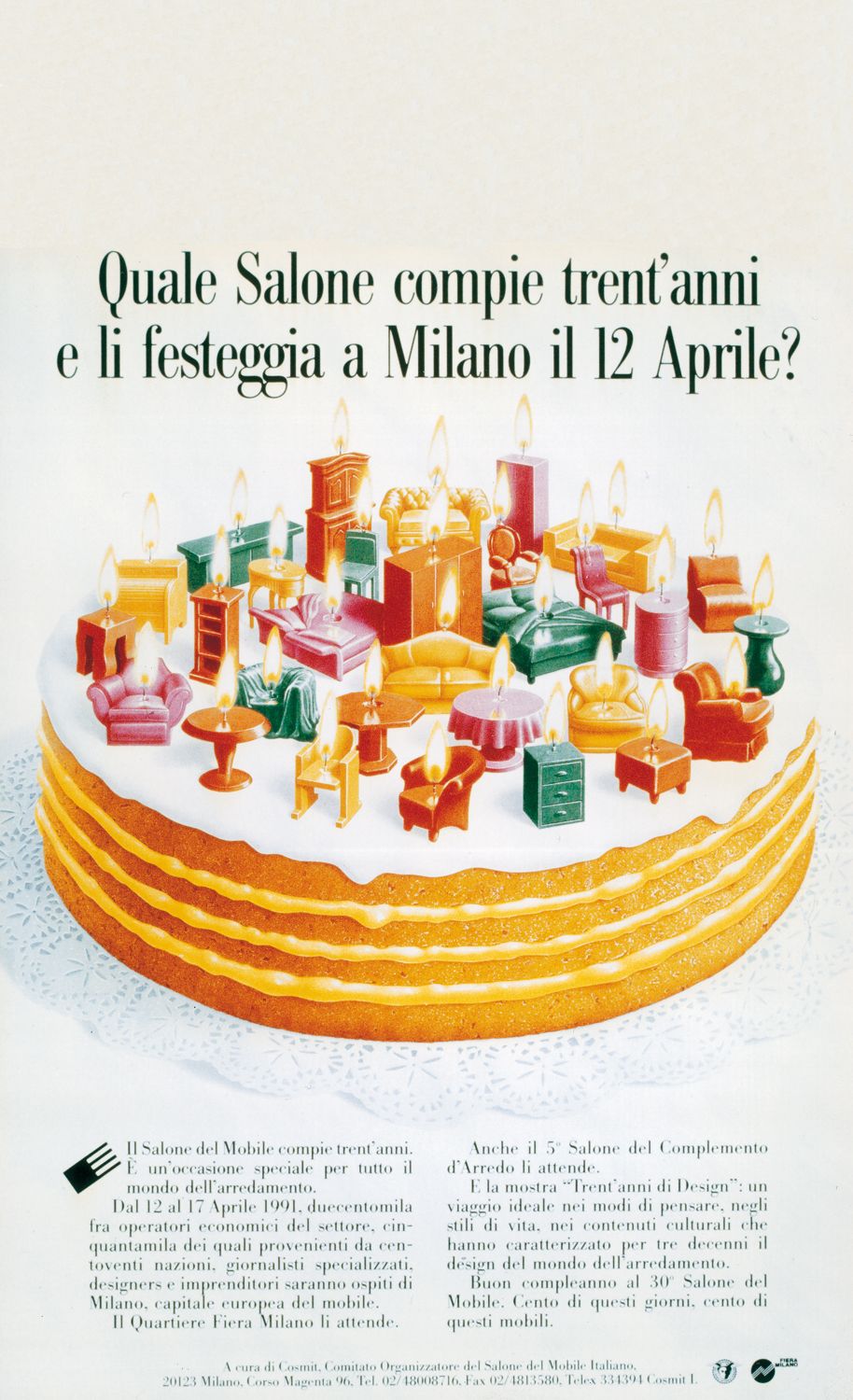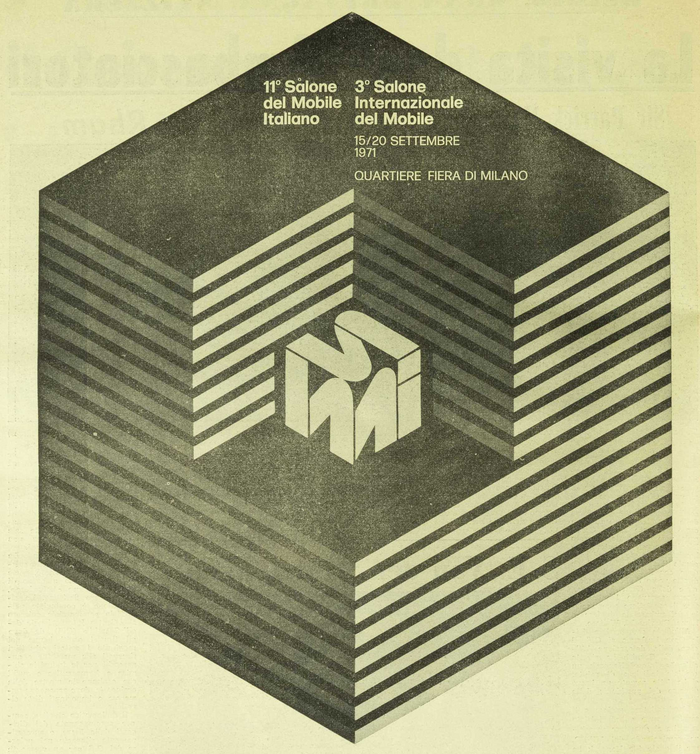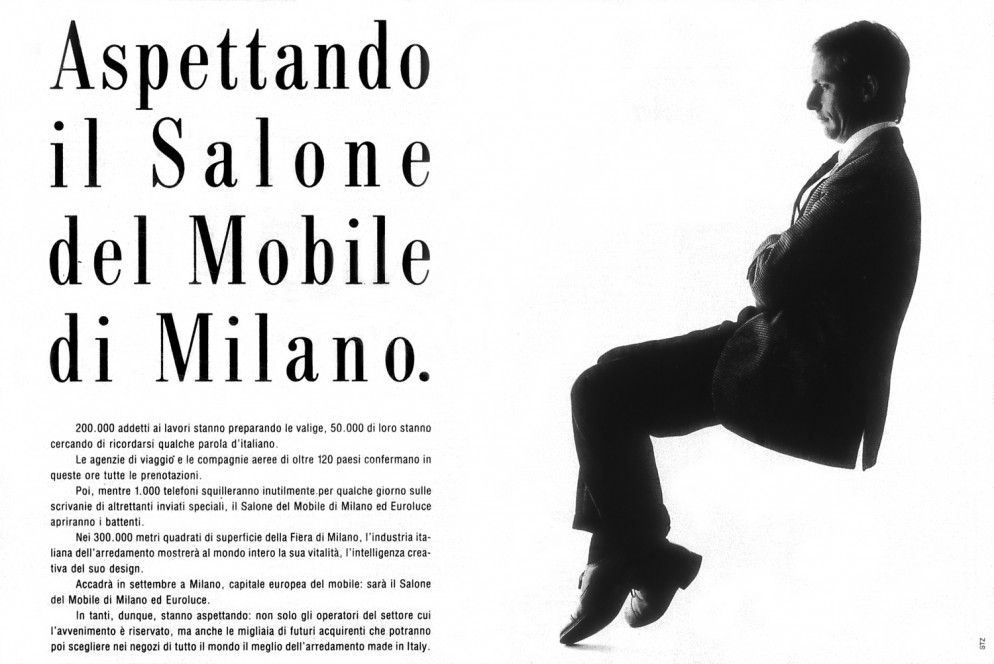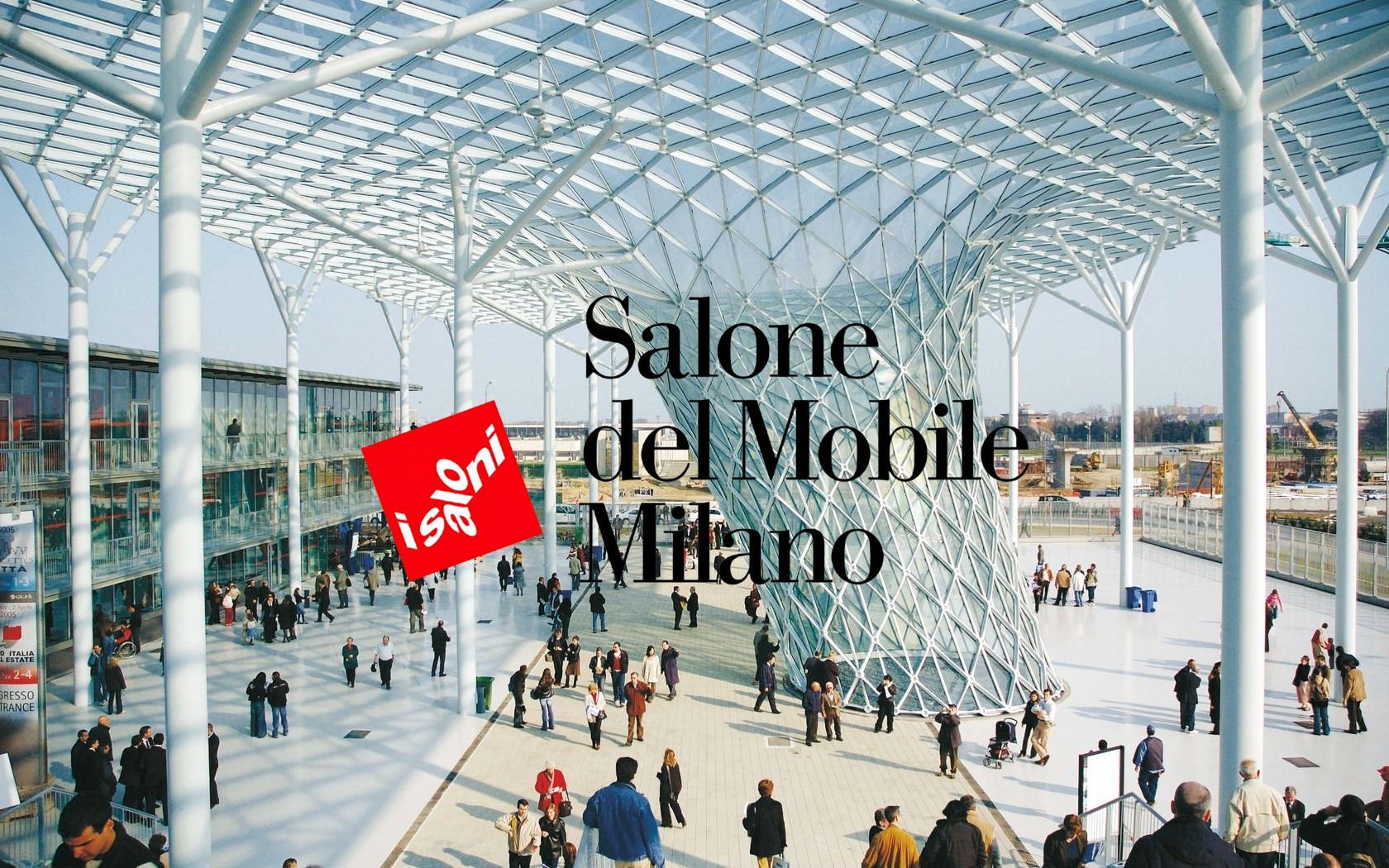
5 things to know about the Salone del Mobile in Milan How Milan became the Capital of Design
Milan is like a small world in its own right with its unwritten laws, its rites and its anniversaries. Of these anniversaries, the Salone del Mobile is one of the most special and heartfelt – even more so than the mythological fashion week. Every year, usually in spring but this year at the end of summer, the city comes alive with a particular vitality: it seems that everyone is on the street, that all the premises are open until late, that the doors of buildings and shops are wide open all day. Because in addition to being one of the main fairs dedicated to design in Europe, the Design Week, which includes the classic Salone and its "twin", the Fuorisalone as well as the galaxy of fairs and events that surround it, are part of the collective life of the city. And in fact, the history of Design Week and that of Milan are deeply intertwined in a story that goes from the long tradition of the Fiera di Milano and reaches the Supersalone that will open tomorrow.
To better tell this story, we have compiled a list of 5 things to know about Salone del Mobile in Milan.
1. The Milan Trade Fair already existed in 1906
Milan first experienced something similar to the modern Design Week in 1881, with the first Italian National Exhibition held from May to November in front of the Bastions of Porta Venezia. It was only in 1906, however, that the exhibition moved between the Sempione Park and the former Piazza d'Armi, connected to each other by a suspended railway. The date is important because there were 35,000 exhibitors and 5 and a half million visitors as well as pavilions designed by the archistars of the time – numbers so high that they transformed the industrial exhibition into a real recurring event. Another fundamental date is 1920, the year in which the first Trade Fair was held with enormous success, again at Porta Venezia – two years later the organization at the head of the Fair would be created and would start an 82-year long tradition. For example, at the fair of '46 the first washing machine was shown to the public. In the 60s other "daughter" fairs of the original exhibition began to be born and the main one was the Salone del Mobile.
2. The first Salone del Mobile was an essential part of the Italian '60s economic boom
At the beginning of the 60s the Italian economy was starting again: cities expanded, new houses were built and new furniture was needed for Italian families. A meeting point was therefore needed between the many small and medium-sized Italian companies and consumers who were looking for modern and practical furniture for their new homes. After visiting a furniture exhibition in Germany, the entrepreneurs of the Italian Federation of Wood and Cork Industries returned to their homeland convinced that a trade fair was necessary to give the necessary boost to the Italian industry to start again. It was the proverbial perfect storm: Italian companies found customers at home and abroad, multiplying their turnover and making Italian design a cultural institution – as well as one of the symbols of the economic boom of those years.
3 . Today's Salone is 20 times bigger than the first one
Over the years the Salone del Mobile became increasingly linked to the myth of Italian design, which originated already in the mid-40s but which saw a full maturation in the 60s both thanks to the new purchasing power of citizens, and to the discovery of new materials such as polyurethane. The growth of the Salone was enormous: if the first edition took place on an exhibition area of 11,860 square meters, the regular Salone del Mobile occupies an area of 205,000 square meters – almost twenty times higher. The Supersalone 2021, with its own will actually be narrower than the regular Salone next April, which in any case should return to its regular size and perhaps become even larger considering that it will be the first to bring together under a single name all the different product categories.
3. The new location was designed by Massimiliano Fuksas
2005 was a very important year because the Salone del Mobile moved from the Fieramilanocity hub in Portello to the new Fieramilano headquarters in Rho designed by Massimiliano Fuksas – one of the most modern and important exhibition centers in Europe as well as, overall, the largest on the continent. The gigantic complex, recognizable by its futuristic steel and glass structures, includes eight pavilions, 80 conference rooms, 45 dining areas as well as offices and a business center with four towers.
4. This year's Supersalone changed every rule
Stefano Boeri, curator of this September's Supersalone, has changed the rules of the game: firstly because this Supersalone will be open to the public for the first time and not only to professionals; secondly, because the classic setting of the individual closed pavilions has been unhinged in favor of an open format. Boeri described the new format in an interview with AGI: «When you arrive you see the walls designed by the curators, which are modular and allow companies to arrange the products vertically and also to tell their story with images and videos [...]. We will have all the great chefs, from Cracco to Oldani, to Bottura, who will cook live dishes that will be exhibited, and also available to be consumed».










































